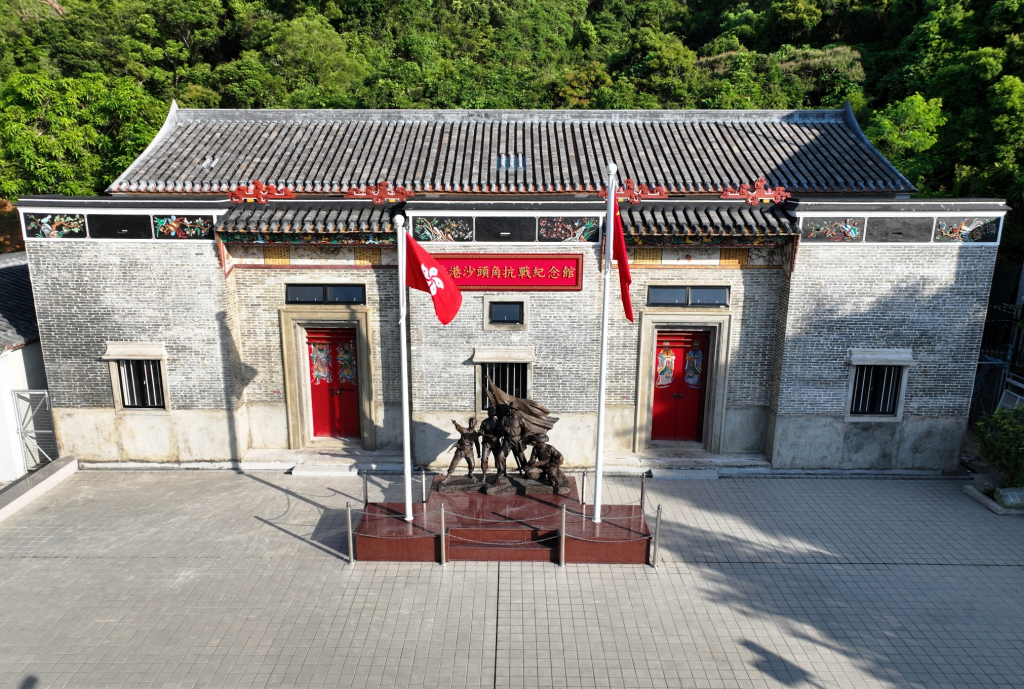
Sha Tau Kok War Memorial Hall
U.K. Backs Giant Nuclear Plant, Squeezing Out China
New York Times https://www.nytimes.com/2022/11/29/business/uk-nuclear-plant-china.html

Shenzhou-15 launch

Tianzhou 5

China Launches the Mengtian Space Station Module

20th National Congress of the Communist Party of China
The 20th National Congress of the Communist Party of China will convene at 10:00 am on Sunday at the Great Hall of the People in Beijing. https://l.facebook.com/l.php?u=https%3A%2F%2Fdrive.google.com%2Ffile%2Fd%2F1tGegLW_OEtEJXxJbtnDndJECKA7OASYh%2Fview%3Ffbclid%3DIwAR0yu4CpcM0DcEDK6zBaZfnNwVJxrDPXcdZjJrva3IPj2lDWAVU_CnL6Alc&h=AT14JDvFJpGlQCeCQop-HTkurH1xYwyv_vcvWDM4PzQ2TIZ1EY2DvksSJarRvU9tu2skpw71gzS8pC2oJcLVxAv1e-C-qXmtfKGKrd5paj6GsHxE9kr8lD8T4qB63hZGXwqjZdVXVVyDAaQKGA&__tn__=R]-R&c[0]=AT1TiqN84m-HSZ1GhY_O-BA7lw6ptJXzslJnkP25vnRQJBWSNnwzrlMX0XbzhPUwbmKhKTjc2BuZeA3xc4HAB2wVqqFxGBFLhSTFYrmy9fy36rZl6qS7gIPzbqjdi6dbe7zW4nMe6274yEkJx1DE7YaYk6G-235o3G7LHRdDrrt9LrCXuqkTGA

Yaogan-36 remote sensing satellite
China successfully launched Yaogan-36 remote sensing satellite into preset orbit via a Long March-2D rocket from Xichang Satellite Launch Center early Saturday morning.

China aims to unravel the Sun’s secrets
https://www.chinadaily.com.cn/a/202210/09/WS63421d0ea310fd2b29e7b61c.html China has successfully launched a satellite for observing solar activity that will be instrumental in predicting space weather, the country’s Aerospace Science and Technology Corporation (CASC) announced on Sunday.
The satellite, which is called Advanced Space-Based Solar Observatory (ASO-S), was sent to space from the Jiuquan Satellite Launch Center in northwest China on a Long March-2D rocket, CASC said. According to China Daily, the ASO-S is China’s first full-scale, dedicated instrument for studying the Sun.
The 859-kg probe will start operations at an altitude of 720-km to study how the solar magnetic field is linked with solar flares and coronal mass ejections – which are massive blasts of plasma. This is expected to help gather the data needed to better forecast space weather. Such information is of significant utility because various solar phenomena are capable of knocking out sensitive electronic equipment on Earth.

China launches Beijing-3B satellite


